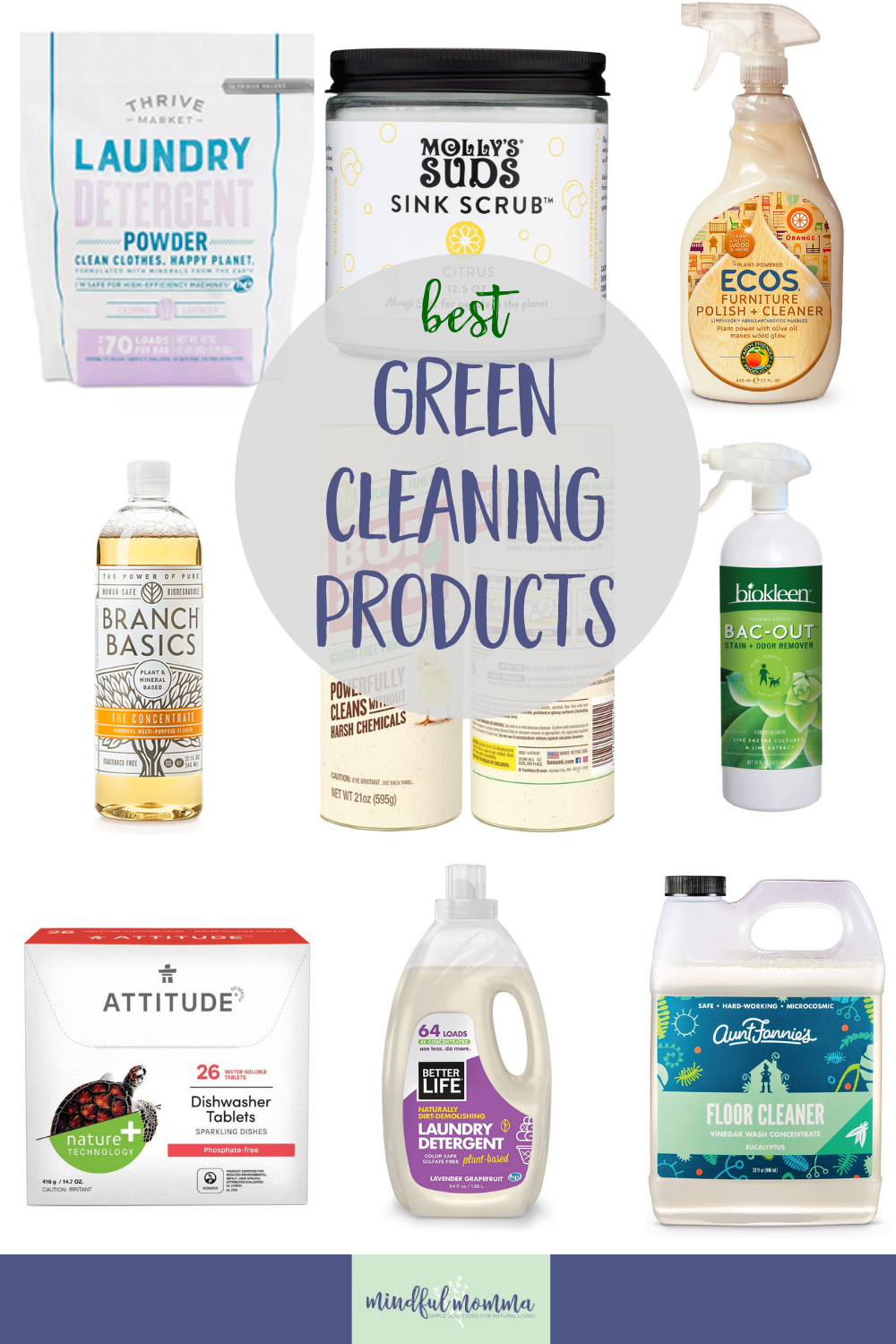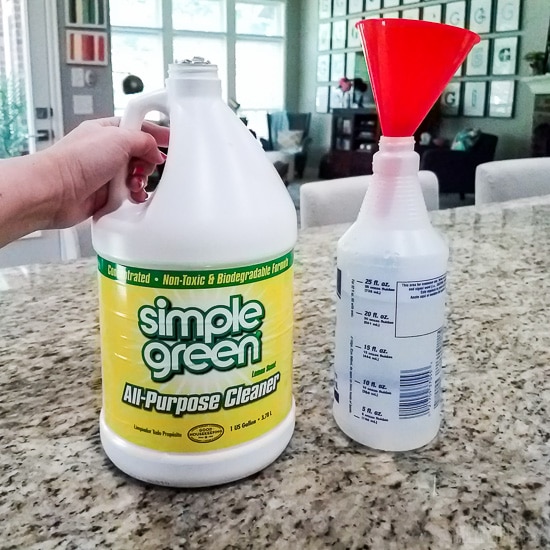

Green cleaning products leaving residue can be a frustrating issue for environmentally conscious individuals looking for cleaner homes. This article delves into the problem of residue-left by green cleaning products and provides a comprehensive guide to finding effective natural alternatives that truly work. We’ll explore the potential downsides of residue-producing green cleaners, delve into the world of natural cleaning solutions, and present actionable steps to create a healthier, more sustainable cleaning routine. The structure of this article is as follows: First, we’ll examine the problems with green cleaning products that leave residue, then we’ll dive into the fascinating world of natural alternatives and finally we’ll review the steps to achieve a residue-free home with natural methods.
Understanding the Problem of Residue in Green Cleaning Products
Many eco-conscious individuals embrace green cleaning products, believing they offer a healthier alternative to traditional cleaners packed with harsh chemicals. However, some green cleaning products, despite their natural ingredients, can still leave a residue behind. This residue can harbor dust, dirt, and bacteria, defeating the very purpose of a thorough clean. It can also impact indoor air quality and contribute to potential health concerns. Inhaling the particles released during cleaning or touching surfaces with the residue left behind can be problematic. Some products might contain specific ingredients that react negatively with certain surfaces, leading to dulling, streaking, or even damage over time.
Identifying Residue-Producing Green Cleaning Products
One of the biggest challenges is identifying which green cleaning products leave residue. Often, this issue stems from the type of ingredients used and their concentrations, even if the product is presented as residue-free. Some commonly used natural ingredients in cleaning products, such as lemon juice or vinegar, can sometimes leave a residue if not diluted properly or used inappropriately.
Related Post : Energy-Saving Appliances Not Lowering Bills? What to Check First
Exploring the World of Natural Cleaning Alternatives
Thankfully, a wide range of natural cleaning alternatives exist that effectively remove dirt and grime without leaving behind a lingering residue. These products often utilize naturally occurring substances known for their cleaning power, without the harsh chemicals found in conventional cleaners. The focus should be on natural ingredients with proven cleaning ability, rather than simply listing products with a natural label.
Exploring Common Natural Cleaning Ingredients
Many natural ingredients are effective cleansers. Baking soda, for example, is a mild abrasive and effective in removing stubborn stains. Vinegar, due to its acidic nature, is excellent for dissolving mineral deposits and removing soap scum. Lemon juice acts as a natural disinfectant and brightener, while essential oils add fragrance without harsh chemicals. These ingredients work together to clean effectively and safely, while also producing minimal residue and preserving the environment.
Creating a Residue-Free Cleaning Routine
By incorporating natural cleaning alternatives into your routine, you can achieve a truly residue-free cleaning experience. The key is to properly dilute and use natural ingredients effectively, as well as understanding the cleaning needs of different surfaces in your home. Understanding the types of surfaces you are cleaning and adjusting your cleaning methods based on those specific needs is also crucial. For instance, granite countertops may require a more delicate cleaning approach than wood floors.
Implementing the Natural Cleaning Routine
Begin by identifying the types of surfaces in your home and their specific cleaning requirements. Use gentle methods and avoid scrubbing too harshly, especially on delicate surfaces. Remember to properly dilute cleaning solutions according to the product instructions, as overly concentrated solutions can leave behind residue and damage the surface. Regularly testing cleaning solutions on inconspicuous areas before applying to the entire surface is crucial to avoid unforeseen issues. For example, always test a solution on a small hidden area of a countertop before using it on the entire surface.
Case Studies and Real-World Results
Studies show that many consumers have successfully transitioned to natural cleaning products with positive results. There are numerous reviews and testimonials online that highlight the effectiveness and residue-free qualities of natural cleaning solutions. One particular study, published in the Journal of Environmental Health, confirmed that natural cleaning methods often surpass traditional methods in leaving surfaces clean and residue-free. Implementing these techniques can transform your cleaning experience, from a tedious chore to a sustainable practice that prioritizes both health and the environment.
Practical Examples and Tips
A common issue is using too much of a cleaning solution, which can easily lead to residue. Another problem is using the wrong type of solution on a particular surface, potentially damaging it. Always read the product label thoroughly, and dilute as needed for optimal results and minimal residue.
Scientific Evidence Supporting Natural Alternatives
Scientific evidence and consumer reports consistently demonstrate that natural alternatives can effectively remove dirt and grime without leaving behind residue or harmful chemicals. For example, studies from reputable organizations like the Environmental Protection Agency (EPA) have highlighted the environmental benefits of natural cleaning products over conventional ones. Numerous consumer reviews also attest to the effectiveness of natural cleaners in achieving clean, residue-free surfaces.
Evaluating Product Certifications and Ingredient Lists
When choosing natural cleaning products, look for certifications or labels indicating environmentally-friendly practices or specific standards of quality. Checking ingredient lists and researching the specific cleaning agents involved can also provide insight into the product’s ability to prevent residue. This thorough research helps consumers make educated decisions that meet both cleaning needs and environmental concerns.
In conclusion, choosing residue-free green cleaning products is crucial for a healthier home environment and a more sustainable lifestyle. Natural alternatives are often just as effective as conventional cleaners and offer the added benefit of minimizing environmental impact. By understanding the ingredients and evaluating the cleaning power of various green products, consumers can make informed decisions that support both health and the planet. Consider researching reputable brands and looking for certifications to ensure quality and authenticity. Remember to always follow product instructions carefully for optimal results. Ultimately, adopting a green cleaning routine is a win-win situation for your home and the planet.